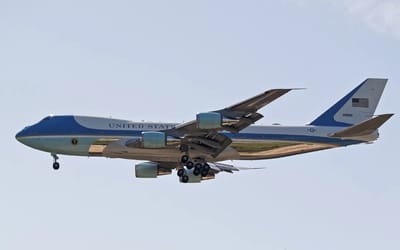How NASA’s X-59 quiet supersonic aircraft will actually work
- The aircraft features no front-facing windows
- The pilot will rely on high-definition cameras to see ahead
- The aircraft will fly at 1.4 times the speed of sound with no sonic boom
Published on Feb 22, 2024 at 7:41 PM (UTC+4)
by Nalin Rawat
Last updated on Feb 23, 2024 at 1:24 PM (UTC+4)
Edited by
Alessandro Renesis
The engineers at NASA have been hard at work to make commercial supersonic flight possible by building a one-of-a-kind quiet supersonic aircraft.
The US space agency has been working with Lockheed Martin to build the X-59, the world’s first quiet supersonic aircraft.
The X-59 is an experimental aircraft that is expected to fly at 1.4 times the speed of sound without triggering a sonic boom.
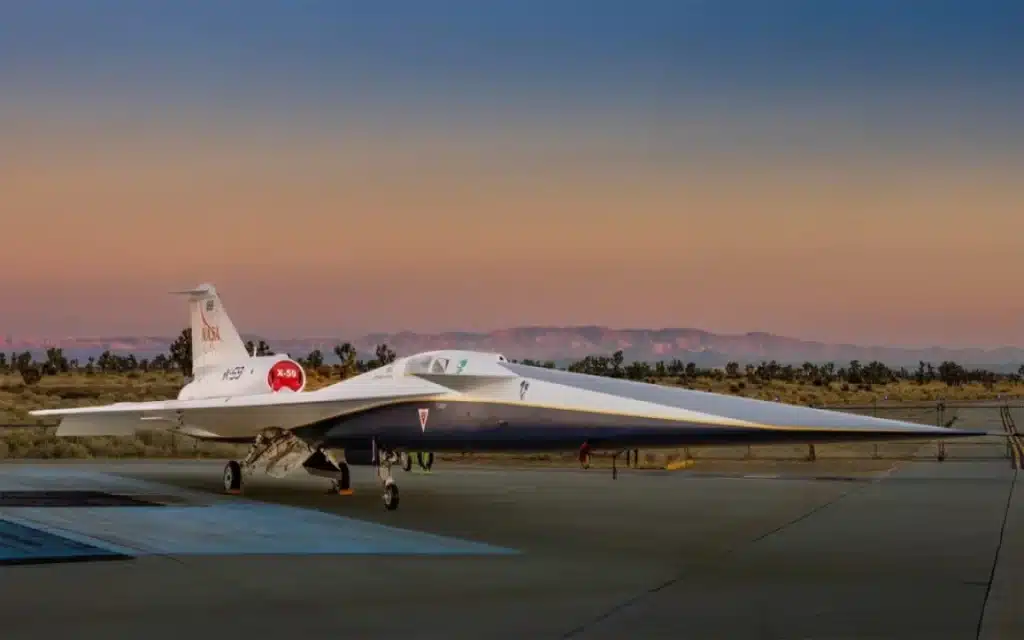
Read More! China designs a new plasma-powered stealth plane that looks straight out of a video game
Commercial supersonic travel has been banned in the US since the mid 1970s.
This is because of public concerns over the loud sonic booms that could be heard from miles away.
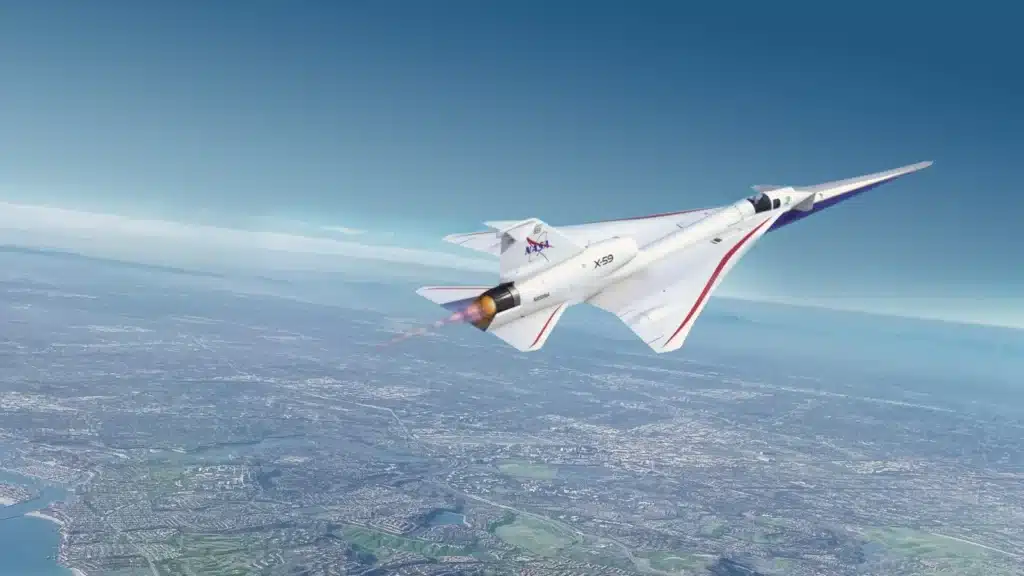
Whenever an aircraft goes supersonic, a loud sonic boom is produced caused by the shock waves.
It is created when an aircraft flies through the air at the speed of sound.
A commercial plane is usually not meant to go supersonic, but in one instance a Virgin Atlantic flight accidentally broke the sound barrier.
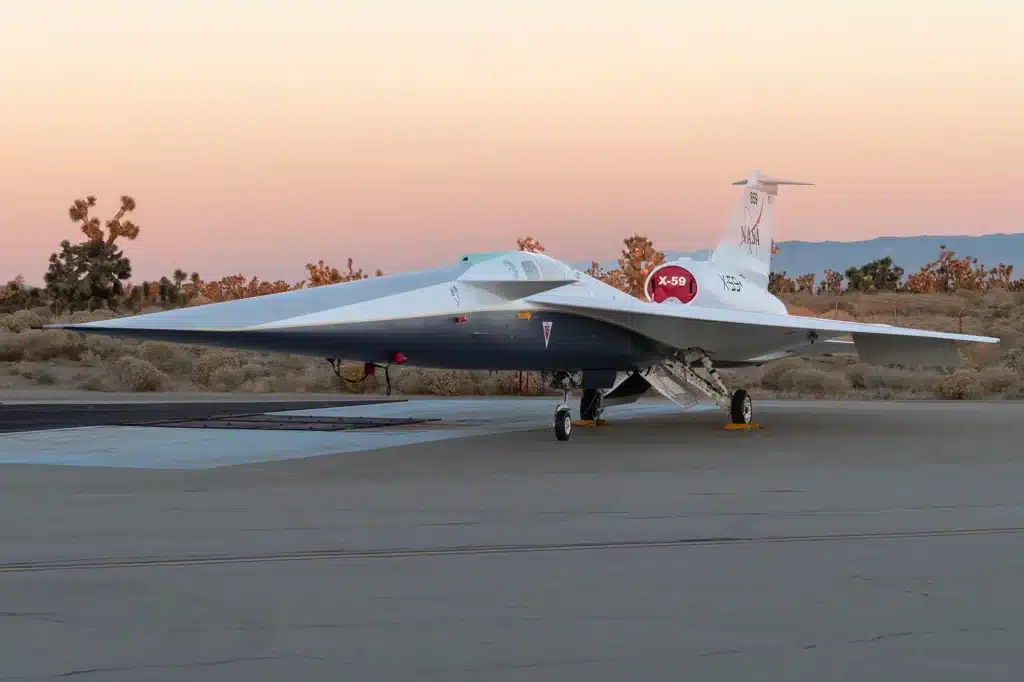
NASA’s X-59 supersonic aircraft is designed in a way to break the sound barrier without the thunderous sonic booms.
After years of development, the X-59 has been revealed to the general public.
The aircraft is unlike any other as it has a thin and tapered nose comprising nearly a third of the aircraft’s full length.
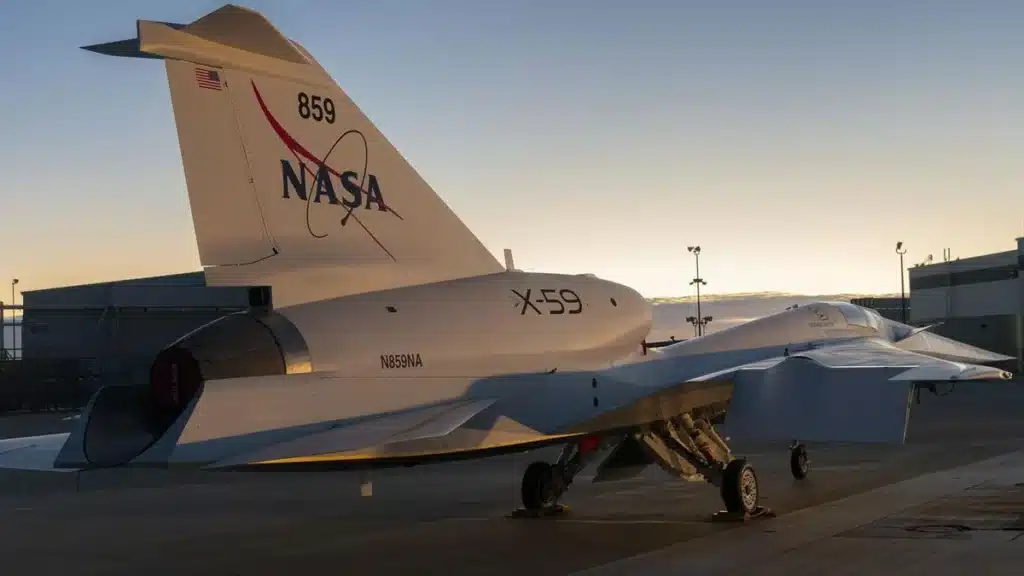
Even the cockpit is positioned almost halfway down the length with no forward-facing windows.
This design helps in dispersing shock waves that would typically surround a supersonic aircraft.
With the absence of front-facing windows, the aircraft uses an external vision system.
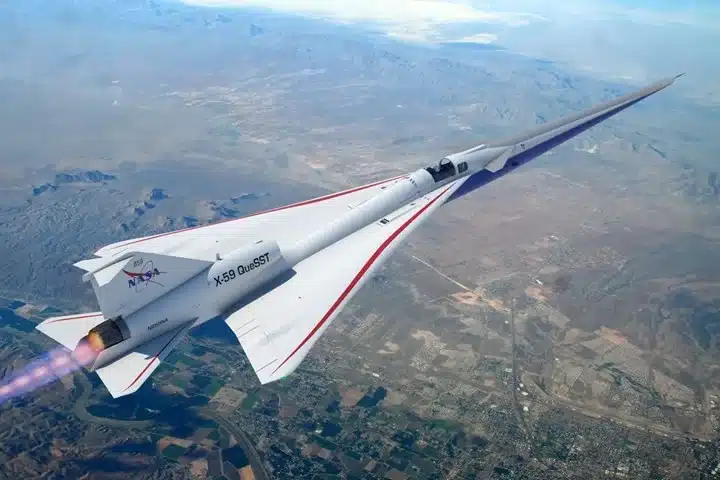
The system uses high-resolution cameras to feed an ultra-high-resolution monitor in the cockpit.
Speaking of supersonic planes, Airbus is also developing an aircraft that is capable of traveling up to 4.5 times the speed of sound.
However, even with the X-59 out and about, don’t expect to see commercial supersonic flights anytime soon.
DISCOVER SBX CARS: The global premium car auction platform powered by Supercar Blondie

Nalin started his career by working with various national newspapers in India. He has also worked as a writer/editor for many popular websites, while still pursuing his journalism and mass communication degree. Working as a digital nomad has allowed him to inform and educate through his work. When he is not writing, you can find him playing video games or travelling the mountains on his bike.
